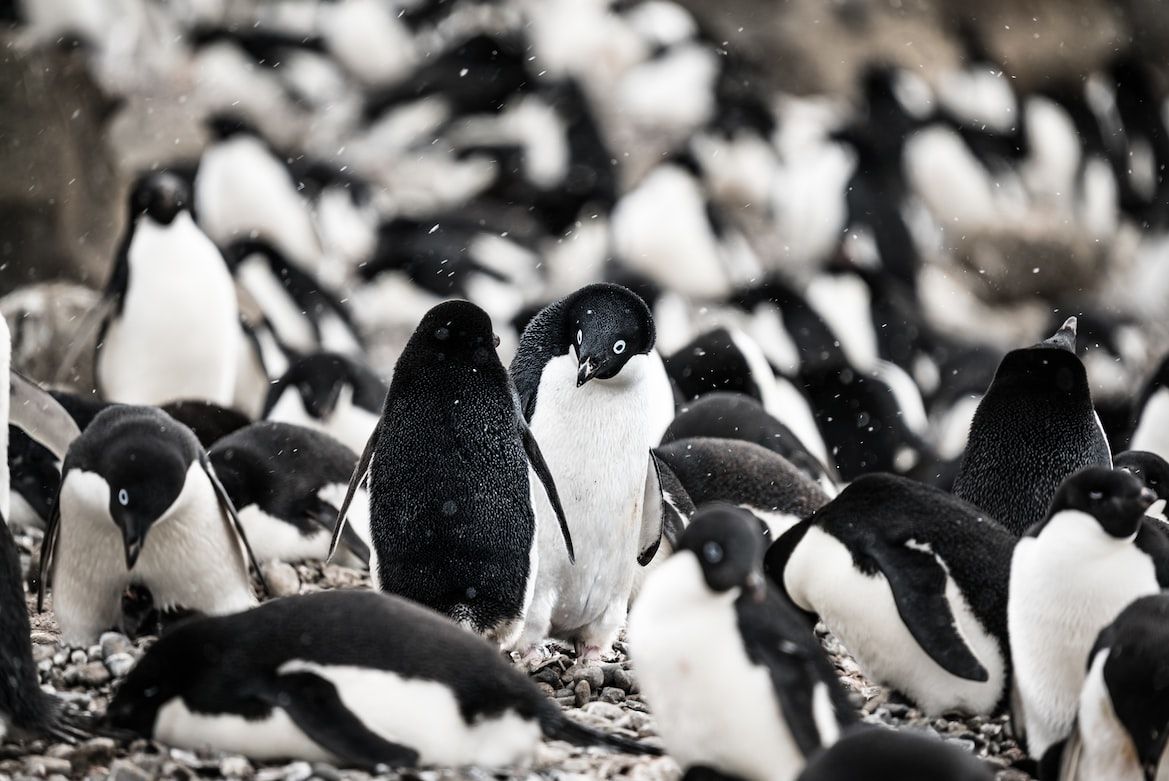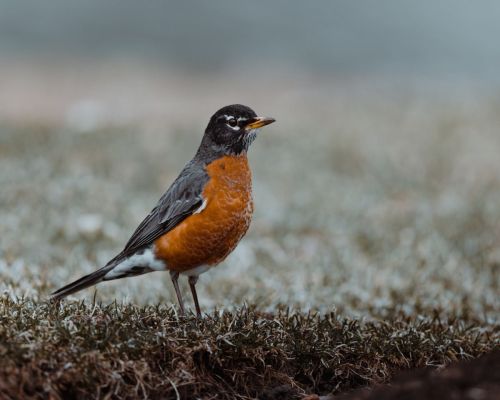There are 18 species of penguins on earth. Adélie penguins belong to the medium-sized ones.
They are very social animals and loyal partners. They also feel attached to their territory, returning to the same place every year during the breeding season. They form large colonies that can number over a million individuals.
Adults measure 70 to 73 cm (28-29 in) and weigh from 3.8 to 8.2 kg. to 18.1 lb). Females weigh less than males, have smaller beaks and shorter wings.
In comparison, Emperor penguins, which are the largest species, reach a weight of about 40 kg.
Today, krill forms the basis of their diet. They also feed on fish and cephalopods. The change in diet was inflicted by the decline of the Antarctic fur seal and baleen whales population. These animals fed on krill, significantly reducing its numbers significantly.
Now, with less food competition, krill became easier prey for the Adelie penguin. Semi-digested krill is usually what they feed to their hatchlings.
They take turns in foraging. Later, young are brought to a creche where they mature with other juveniles from the colony.
This is a good time for parents to return to the sea and get food. After about 60 days spent in creche, juvenile penguins become independent.
They interact with others in colonies, stay close during breeding season. In winter, they gather in groups on ice platforms and travel together from one to another.
The most common forms of communication between penguins are poses and displays. They vocalize with mates and offspring.
Adélie penguins are hunted primarily by leopard seals.
Their eggs fall prey to south polar skuas and sheathbills. Orcas may also hunt them, but they usually prefer larger catches.












